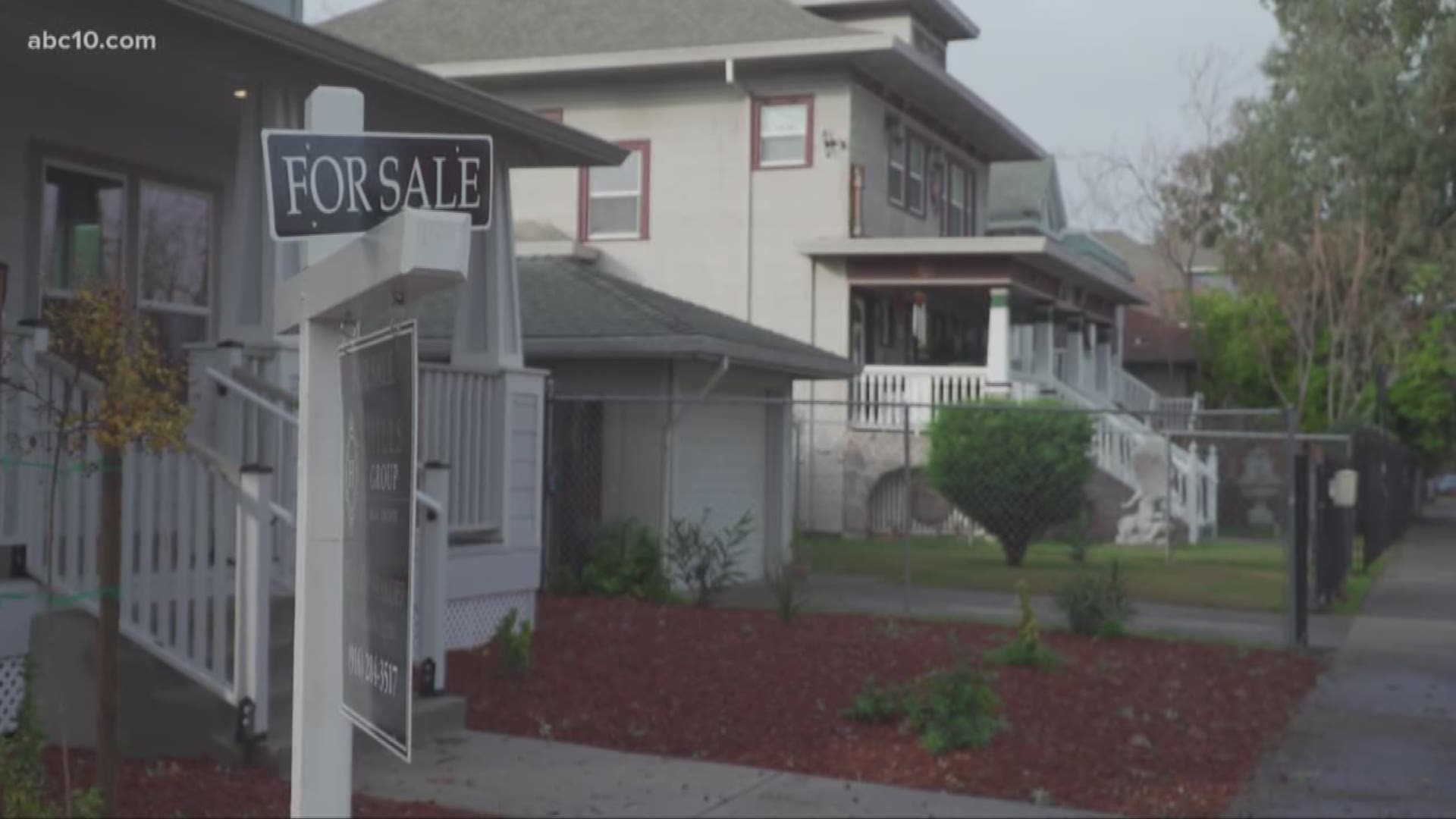REDWOOD CITY, Calif. — Carmen Preciado has always been able to identify the precise spot along Middlefield Road that marks the end of her world and the beginning of another.
“When I go to the other side, it’s just like: ‘Oh, this is a rich people area,'” said Preciado, a 31-year-old single mother and life-long Redwood City resident. “You can see the difference.”
At one end of the road is famously well-to-do Atherton, where a luxurious canopy of trees hovers over multi-million dollar mansions. At the other, just a few miles away, is a neighborhood of modest, single-story homes in Redwood City with a poverty rate that’s nearly twice the average in the five-county Bay Area.
Middlefield Road cuts through one of the most extreme income gaps in the Bay Area, where experts say the gulf between the wealthy and the poor is already greater than any other region in California. Although it is easy to ignore that gulf in enclaves like Los Altos Hills or Blackhawk, here the disparity is stark — a region’s economic tensions, carved in miniature.”
READ MORE: California analysts urge lawmakers: reject Gov. Newsom's $1 billion climate loan proposal
In just a quick drive from Atherton’s 94027 ZIP code to Redwood City’s 94063 neighborhood, the median household income plunges nearly $180,000 and college education levels drop as the canopy of trees disappears, making way for car repair shops, liquor stores and commercial storefronts through unincorporated North Fair Oaks and into Redwood City. The two ZIP codes share a border along El Camino Real but for Preciado and others, it is Middlefield Road that takes them from one extreme to the other.
“I think we just accept that that’s a part of the reality,” says Teri Chin, human services manager for the City of Redwood City. “Because we are living side by side, it’s not like you have to go to another country to understand poverty.”

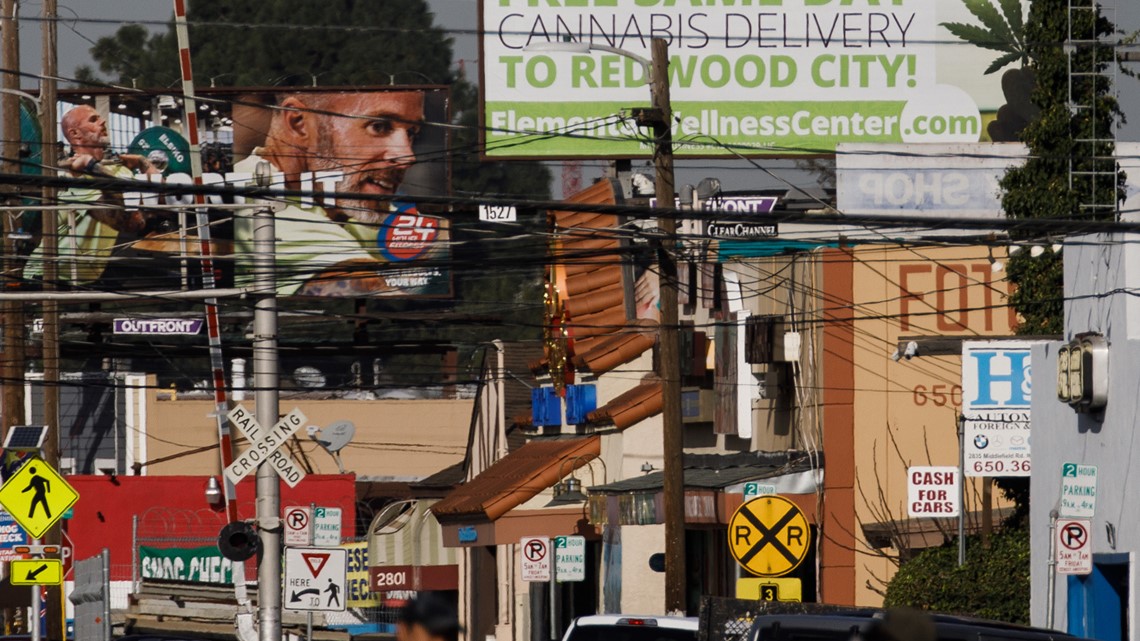
Atherton has a median household income of $250,000, according to 2018 census data, and two-thirds of its residents are white. In the neighboring Redwood City ZIP code, where two-thirds of the residents are Latino and a quarter of children live in poverty, median household income is $71,458.
The disparities between the two communities are not new, but two things set the Atherton-Redwood City corridor apart from other areas with significant race and class differences. The first is the scale of Atherton’s wealth: With a net worth of $6.5 million per person, the town ZIP code is among the wealthiest in California, according to Brian Uhler, deputy legislative analyst in the state’s Legislative Analyst’s Office. The Redwood City ZIP is in the bottom third, with a net worth of around $60,000 per person, well below the state average of roughly $160,000 per resident.
The second is the physical proximity of the two zip codes. Typically, Uhler says, communities with similar levels of wealth are clustered together, with affluent areas in one place and less affluent areas in another. But this Redwood City zip code is a relatively lone speck, surrounded by much richer zip codes.
“For the most part, there are not that many (places) where you have one of the higher wealth ones right next to a lower wealth area,” Uhler said.
That raises the question of what it’s like to live at ground zero of it all, amid such closely connected but different worlds.
The answer, of course, depends on whom you ask. For some on the Atherton side, the physical proximity to a community with so much less wealth can arouse compassion and an urge to give back. Residents do not have to venture far to be reminded of the area’s vastly different economic landscapes.
“If I’m driving to Costco, I’m driving through it. I don’t feel like it’s a million miles away from me,” says Rosemary Enthoven, a long-time Atherton resident who has spent the past decade volunteering at nearby St. Anthony’s Padua Dining Room, a program that feeds hundreds of lunches to the hungry every day. “It’s my neighbors. If people don’t want to feel like they are entitled or live in a very entitled world, this is sort of an antidote.”

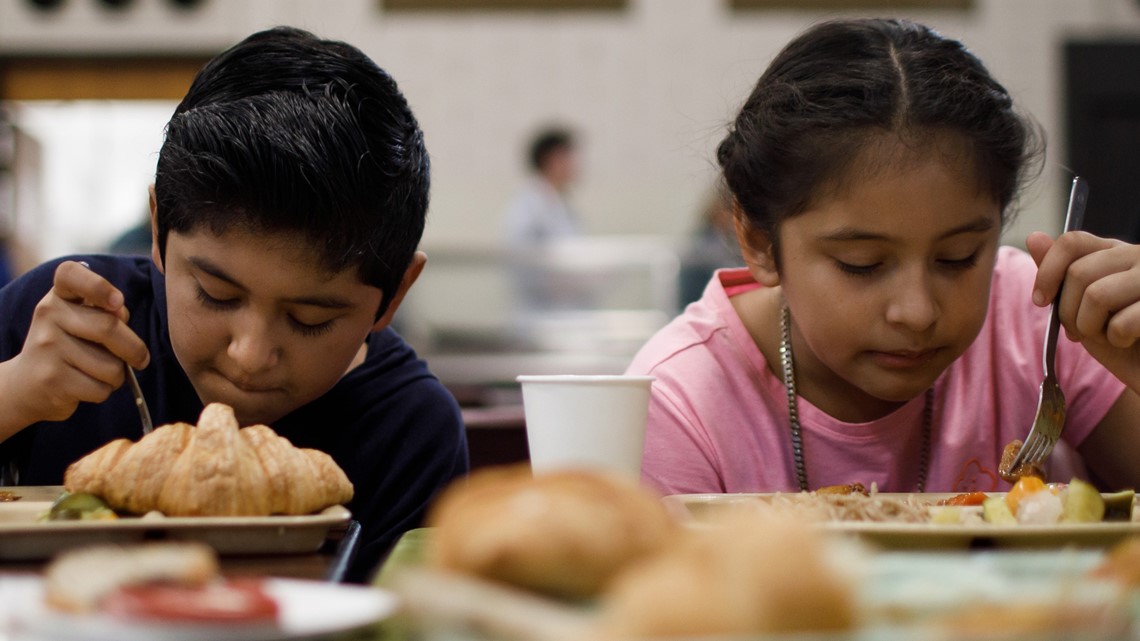
Located right along the edge of Middlefield that Preciado marks as the dividing line between the haves and have-nots, St. Anthony’s serves as a buffer of sorts between the two worlds. Inside, volunteers from Atherton and Menlo Park mingle with clients from Redwood City and beyond, a rare moment when the two converge.
For 56-year-old Clara Villegas of San Mateo, who regularly makes the trek to St. Anthony’s for a warm meal, the divisions are hard to ignore.
“You realize the differences right when you drive down the road into Atherton and see the cars: BMWs, Teslas, Mercedes,” she says in Spanish. “There is a lot of wealth on that side.”
Villegas says she’s on disability but the money often doesn’t go far enough to cover her expenses, so she relies on St. Anthony’s for a hot meal and the extra food volunteers pass out to bring home. Over a spoonful of veggies, she runs through a list of housing-related challenges many of her peers face, with high rents pushing people to sleep in cars and RV’s or crowd into apartments with friends and relatives.
But those stresses disappear when she walks into St. Anthony’s, where she can sit, drink coffee, and catch up with other regulars for a few relaxed moments each day.
“I feel like coming here is therapy,” she says. “The volunteers are very nice, the community is important, and I think it would be really hard for a lot of people if this place didn’t exist.”

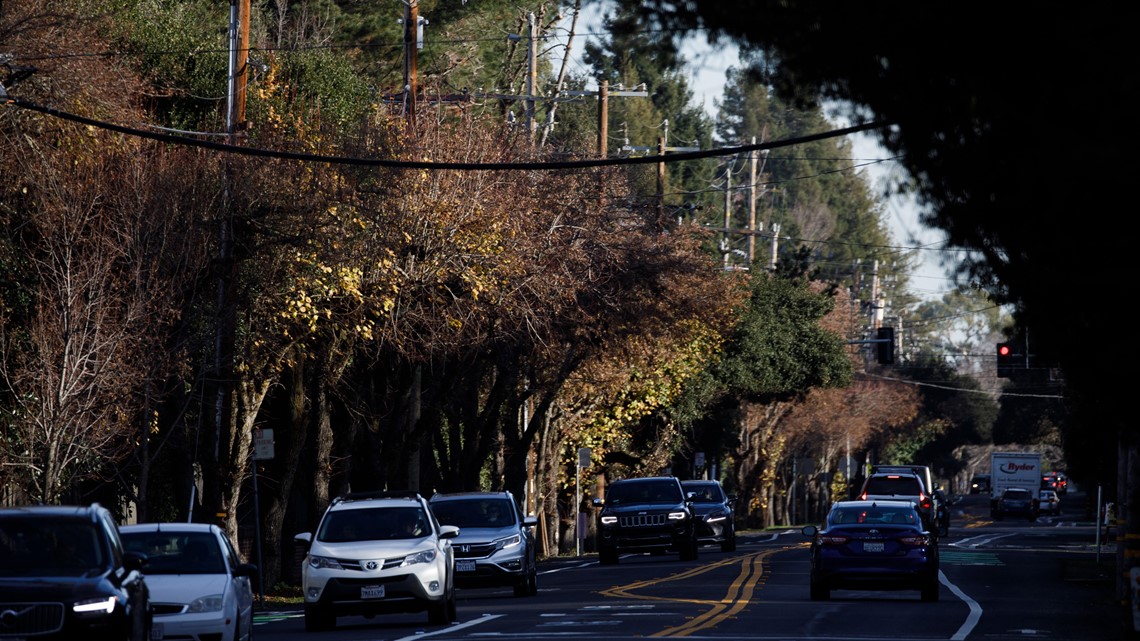
Sister Christina Heltsley, executive director of nearby St. Francis Center in the 94063 ZIP code, believes her organization’s location near such a wealthy community has more benefits than drawbacks.
“If it was just a very poor area next to a very poor area, it might be a little more difficult to get some of the resources that we get because people’s hearts are moved,” says Heltsley, whose organization provides low-income residents with affordable housing and other services. “It is kind of in your face when it’s right next door.”
Many of the families St. Francis serves work in construction, gardening, housekeeping or as nannies, and struggle to find affordable housing. The high cost of rent has pushed some families into extreme situations, she says — sleeping in shifts, moving to cheaper communities and commuting hours each day, or sleeping in cars.
“Most of them are not only working, but they’re working two to three jobs each just to make ends meet,” she says. “Our clients have to navigate things I never had to think about.”

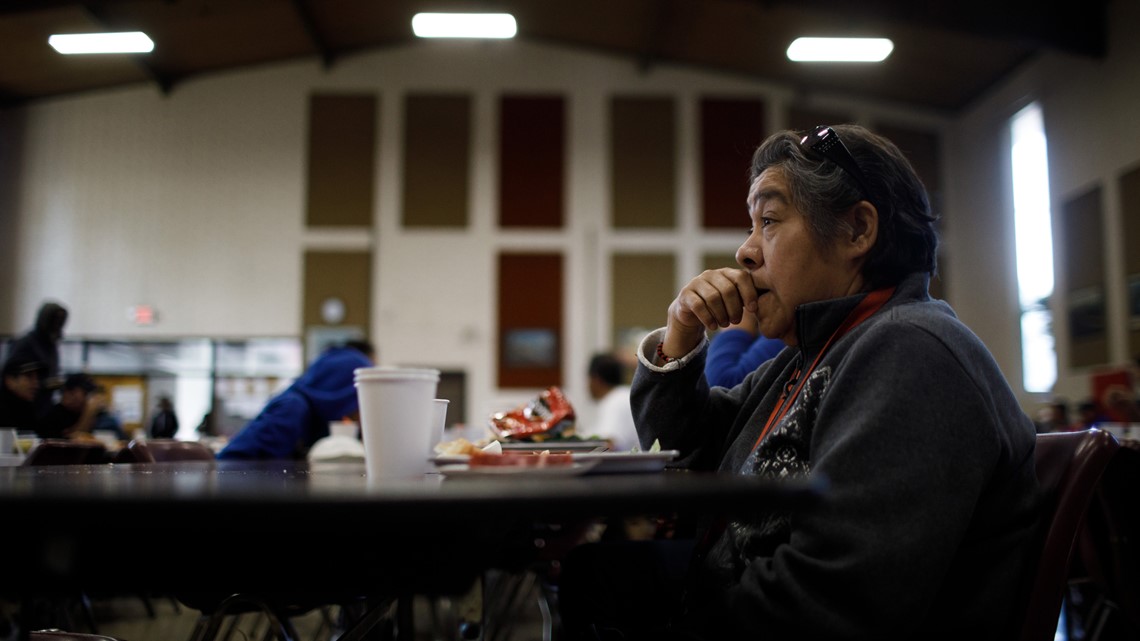
For Preciado, the question of whether to stay or go is ever-present. On a winter afternoon when she stops by St. Anthony’s with her 10-year-old twins, she fields calls for a potential new apartment. She says rent for her one-bedroom apartment recently increased to more than $2,000 a month, which she can’t afford.
Preciado says she got a new job with San Mateo County and a raise to $16 an hour, but it is “still not enough” to cover rent at the places she has been looking. Recently, she stopped by a two-bedroom apartment in Sunnyvale that rents for $2,695 a month.
“That one is actually cheaper than the ones I’m seeing in Redwood City,” Preciado says. To afford it, she thinks she would have to get a second job. So, she has her eye on places outside of the Bay Area, like Sacramento.
“I think it’s probably one more year and then I’m out of here because it’s getting too expensive,” she says. “Which makes me sad, because I don’t want to leave. This is the only place I’ve ever been.”
Erica Hellerstein is a journalist with The Mercury News. This article is part of The California Divide, a collaboration among newsrooms examining income inequity and economic survival in California
FOR NEWS IN YOUR COMMUNITY, DOWNLOAD THE ABC10 APP:
►Stay In the Know! Sign up now for ABC10's Daily Blend Newsletter

